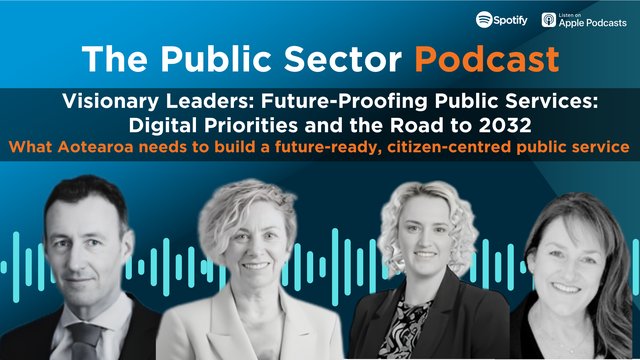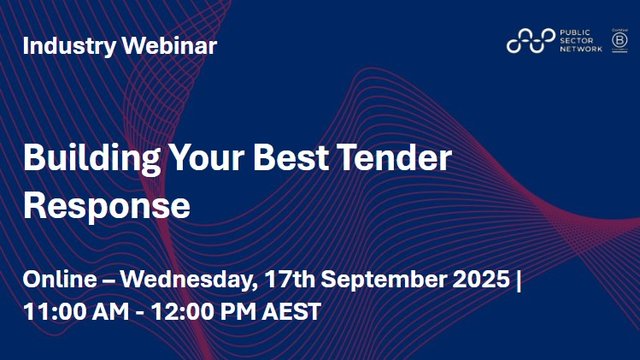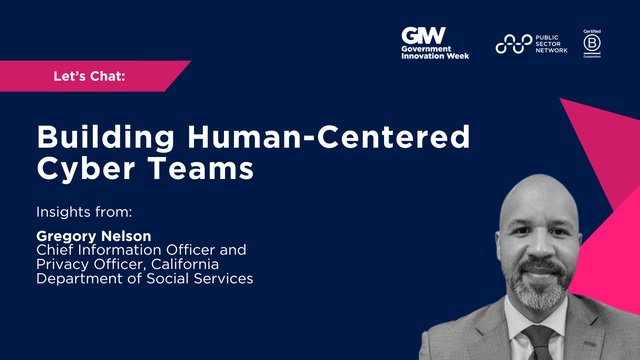
Welcome back to our pertinent conversation all about equity in education. We’ve looked at how edtech can help close certain gaps but also noted that funds need to be allocated to schools and homes for all students to have the equal opportunity to use these technologies. Here, we’re diving in deeper to uncover further changes that need to be made in the education system to bring true equity into all classrooms.
First, More Proof of Change
The astonishing figures in last week’s article that demonstrated the complete underrepresentation of disadvantaged groups in the workforce, specifically in science and technology fields, have grabbed the attention of our government and now we can see a greater drive in focus to improve representation of disadvantaged groups in “Pathway to Diversity in Stem Review” and recommendations released this year.
When it comes to actual programs dedicated to this cause, the Education4All equity program aims to achieve equity and justice in STEAM (Science, Technology, Engineering, Arts, and Mathematics) and digital education to support students from Low Socio-economic communities in Australia and around the world.
Policies
Essential for driving change, policies provide the structure, funding, and authority needed to address systemic issues and create equitable solutions and the Australian government has shifted its focus to change the inequity in our educational system.
For instance, we’ve got The Better and Fairer Schools Agreement 2025-2034 which is focused on full and fair funding for all schools across the country and ensuring that school resources are standardised through every school. The three targeted reforms are equity, wellbeing and a strong, sustainable workforce. The agreement has highlighted that an equitable system “needs to build on and include local, regional and national cultural knowledge of Aboriginal and Torres Strait Islander peoples”.
And the Department of Education’s 2024-25 Budget has prioritised equity and opportunity from early childhood education through to higher education.
But Further Work Needs to be Done:
Rethinking Language & Approach
Earlier we touched on the assistance students are getting in the STEAM categories. These are and have always been the primary areas of focus for success in the traditional education system. But government, teachers, edtech and all collaborators in students’ education must acknowledge the limitations of Western definitions which leave our Indigenous population in particular, OUT.
- Indigenous STEM knowledge is boundless and involves so many aspects such as astronomy, weather knowledge, medicinal plant knowledge and animal classification systems – but with certain areas of focus and approaches that differ from those of their western counterparts.
- So it’s difficult to promote STEM opportunities to Indigenous communities if terminology and language aren’t relatable or understood well.
- Indigenous ways of knowing, being, and doing should be recognized as interconnected with other knowledge systems, enriching them rather than existing separately.
Partnerships and Collaboration
The education system must collaborate and look to other perspectives to make a change to the current educational inequity - rethinking what counts as “success” in learning by focusing on skills learned outside of regular school settings.
As factors outside the school environment contribute to 60 per cent of the variability in how well students perform, the importance of schools collaborating with parents, Elders, health, universities and other community members is paramount.
This collaboration brings together a wholistic approach to a young person’s learning experience – not just how their grades fair in math, English, science etc. Collaborative action is essential and must be taken both inside and outside of the educational settings like the community for instance, which contributes to a young person’s overall understanding of how to be an informed citizen with realised talents and congratulated successes.
The range of skills that young people have must be recognised including those learned outside of school and incorporate them into more flexible learning models – this would give students the opportunity to build up their other skills like time management, teamwork, and consequently their confidence and sense of belonging in the world. They will naturally gain more agency to actively participate in decisions that impact their future.
These partnerships will no doubt create a continuous ecosystem and best practice learning can be shared among everyone participating in the young person’s life and learning to therefor contribute further to justness in the educational system.
We Can’t Celebrate Equity in Education Now, But Little Wins Prove Progress
It’s true that edtech has the power to overcome geographical barriers, provide disadvantaged groups the opportunity for personalised learning according to their needs, and provide culturally relevant content to our Indigenous students. But to truly achieve equitable access to education in Australia, technology must be paired with targeted investments in infrastructure, training, and policy reforms as well as a continued commitment to collaborate between every institution that contributes to a student’s learning experience. If government sticks to these goals, all students, regardless of their background or location, can benefit from the all opportunities the education system and its technology offers.

































